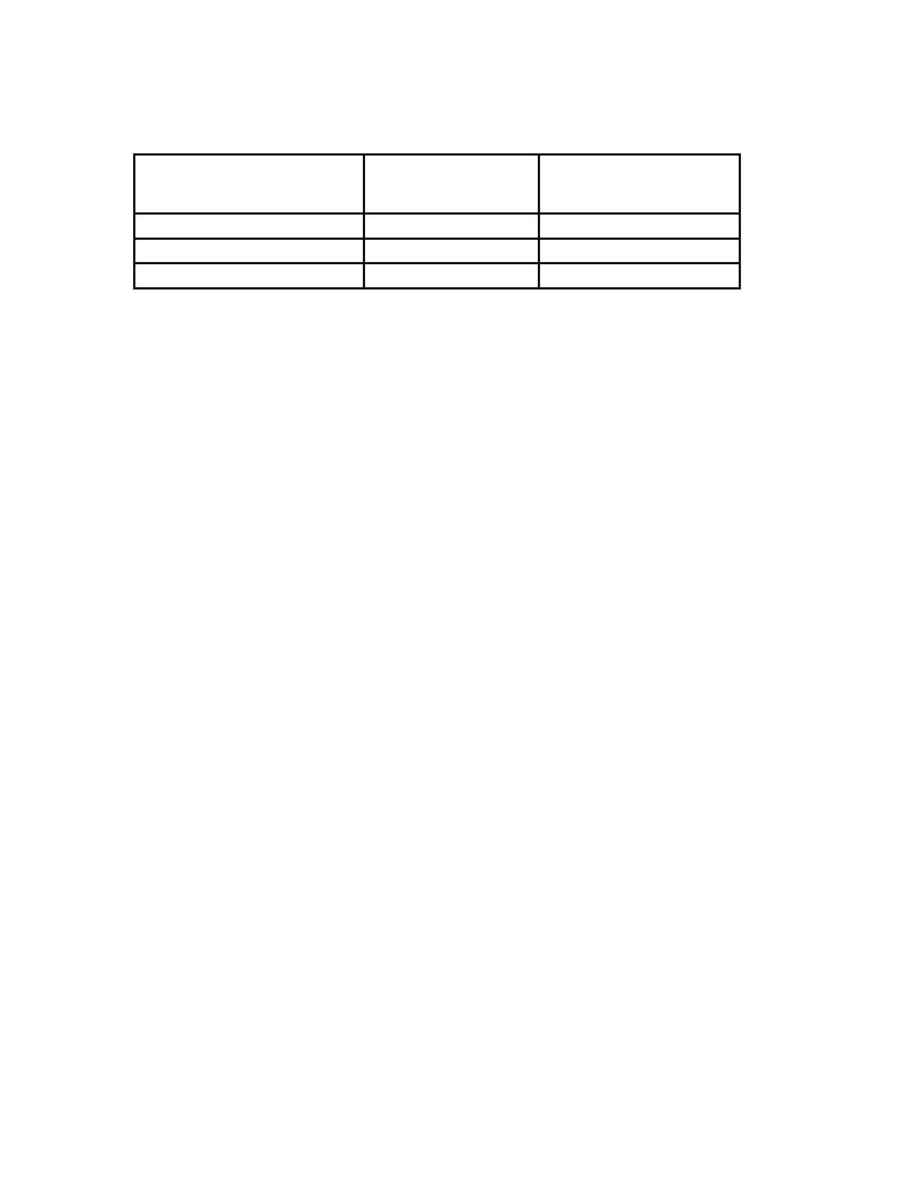
9
Table 6. Comparison of paraxylene recovery from xylenes (traditional design)
and toluene plus xylenes feedstock (modern design)
Basis: 400,000 MTA paraxylene capacity
Paraxylene recovery method
Optimized Design
Toluene plus
xylenes feed
Traditional (Adsorption)
Mixed Xylenes Feed only
Investment Cost
$150 MM
$170 MM
Cash Costs, $/ton PX
$375
$385
Naphtha feedstock requirement
1.2 MM tons/yr
2.6 MM tons/yr
Thus, an aromatics operator can gain an advantage in investment cost, operating cost, and
feedstock requirements by using these latest technology processing units.
Conclusion
Innovations continue to abound in the field of petrochemical technology. The greatest
improvements always are grounded in the fundamental principles of operation; yet develop
through creativity that challenges the status quo.
The next generation paraxylene plants will use efficient processing units, and be configured
with flexibility to fully promote all of the available components to their highest value.
Modern crystallization technology and catalytic processes to upgrade the toluene and heavy
aromatics will play an important role in the most efficient complexes. These process
technologies will position the aromatics producer for still the next wave of improvements in
the overall chain of polyester intermediates.
Presented orally at the TECNON OrbiChem/PETCHEM 2001/Monte Carlo/September 27-
28, 2001. All rights reside with author and GTC Technology Corporation.
GT-TolAlk, GT-TransAlk, GT-IsomPX, GT-DeSulf and CrystPX are each servicemarks for process technology
of GTC Technology Corporation.
